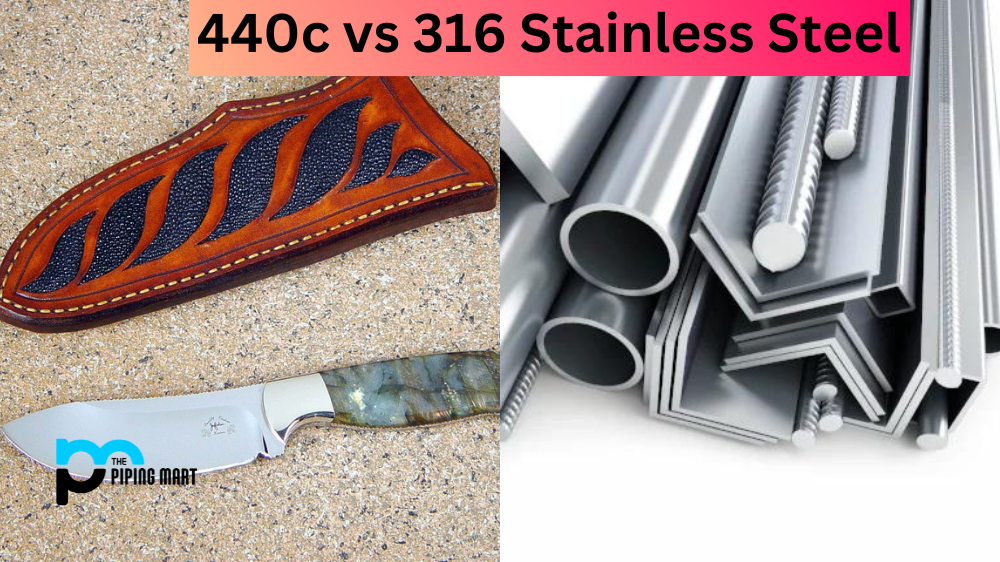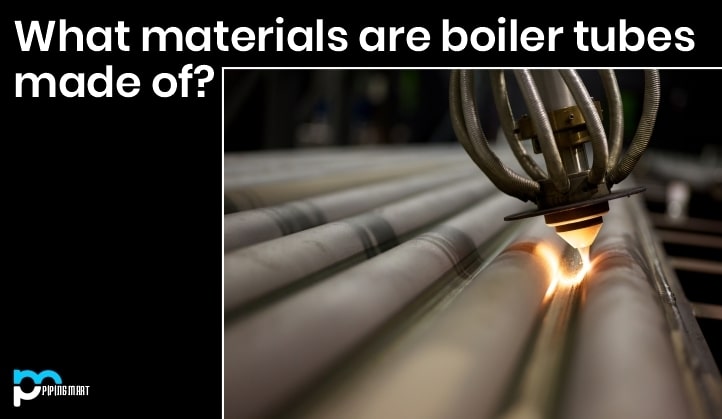For those in the manufacturing industry, it is important to understand the nuances between different types of stainless steel. In particular, two popular and widely used types of stainless steel are 440c and 316. Both have advantages and disadvantages, with each type having its own unique applications. Let’s dive into what makes these two types of stainless steel so special.
What is 440c Stainless Steel?
440c stainless steel is a high-carbon martensitic grade of stainless steel that offers excellent wear resistance and corrosion resistance. It has good tensile strength and attractive shine, making it an ideal choice for many industries, including automotive, food processing, medical equipment, and construction materials. The main advantage of 440c is its hardness; it can withstand higher temperatures than other grades of stainless steel, which makes it suitable for use in hot environments or high-pressure applications such as engine parts or cookware where heat transfer needs to be optimized. Additionally, because of its hardness, 440c holds sharp edges longer than softer grades like 316, which means it can be used on cutting tools such as knives without having to sharpen them as often.
What Is 316 Stainless Steel?
316 stainless steel is an austenitic grade of stainless steel that contains a higher amount of nickel than other grades. This makes it more resistant to corrosion compared to other grades like 304 or 430, which are more prone to rusting over time. Its increased resistance also makes it ideal for use in food processing equipment since there is less chance that acidic liquids will corrode the material over time. Additionally, because 316 has a lower carbon content than 440c, it does not retain an edge as well when used on cutting tools but does offer better formability which makes it easier to work with during fabrication processes such as welding or bending.
Differences Between 440c and 316 Stainless Steel
Composition
The major difference between 440c and 316 stainless steel is their composition. 440c is a martensitic stainless steel that contains high levels of carbon. 316 stainless steel is an austenitic stainless steel that contains molybdenum, which gives it better corrosion resistance.
Hardness
Another difference between 440c and 316 stainless steel is their hardness. 440c is hardenable stainless steel, meaning it can be heat treated to increase its hardness. 316 stainless steel is not heat-treatable and will remain relatively soft.
Corrosion Resistance
Due to its higher molybdenum content, 316 stainless steel has better corrosion resistance than 440c stainless steel. This means that it is more resistant to rusting and staining, making it a better choice for applications where corrosion is a concern.
Cost
316 stainless steel is typically more expensive than 440c stainless steel due to its higher molybdenum content. However, the price difference between the two grades will vary depending on the market conditions at the time of purchase.
Uses
440c stainless steel is typically used in applications where hardness is required, such as knives and bearings. 316 stainless steel is commonly used in food processing and marine applications where corrosion resistance is necessary
Conclusion:
When deciding between 440c vs 316 stainless steel for your project, you should consider several factors, including ease of fabrication, temperature resistance, corrosion resistance, and edge retention. Fortunately, both types offer their own advantages depending on your needs so you can choose the best grade for your application. Generally speaking, though, if you need a material that can stand up to extreme temperatures or hold an edge better, then go with 440c, while if you need something more formable, then opt for 316 instead. Ultimately both types provide excellent performance when used properly, so make sure you understand your requirements before making a decision!

Abhishek is a seasoned blogger and industry expert, sharing his insights and knowledge on various topics. With his research, Abhishek offers valuable insights and tips for professionals and enthusiasts. Follow him for expert advice on the latest trends and developments in the metal industry.




